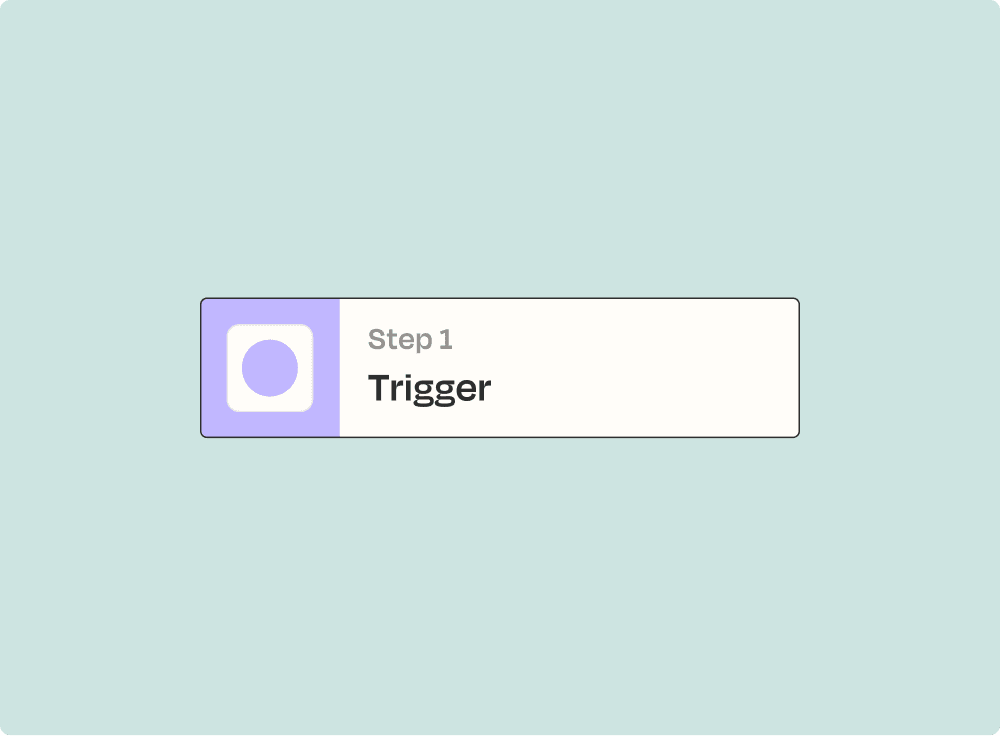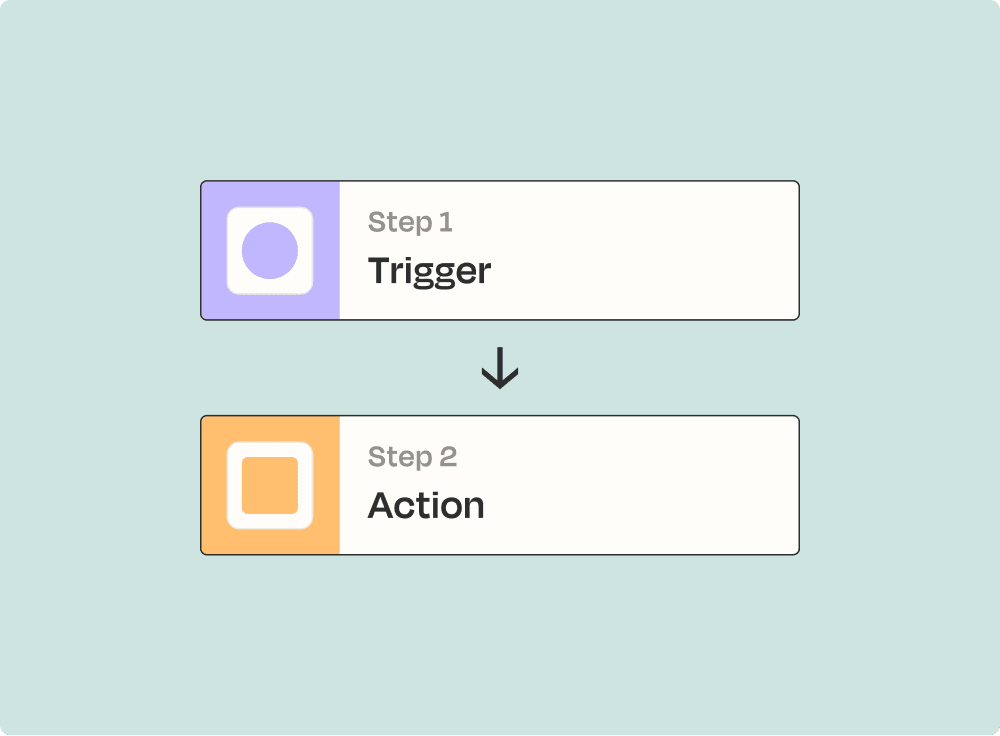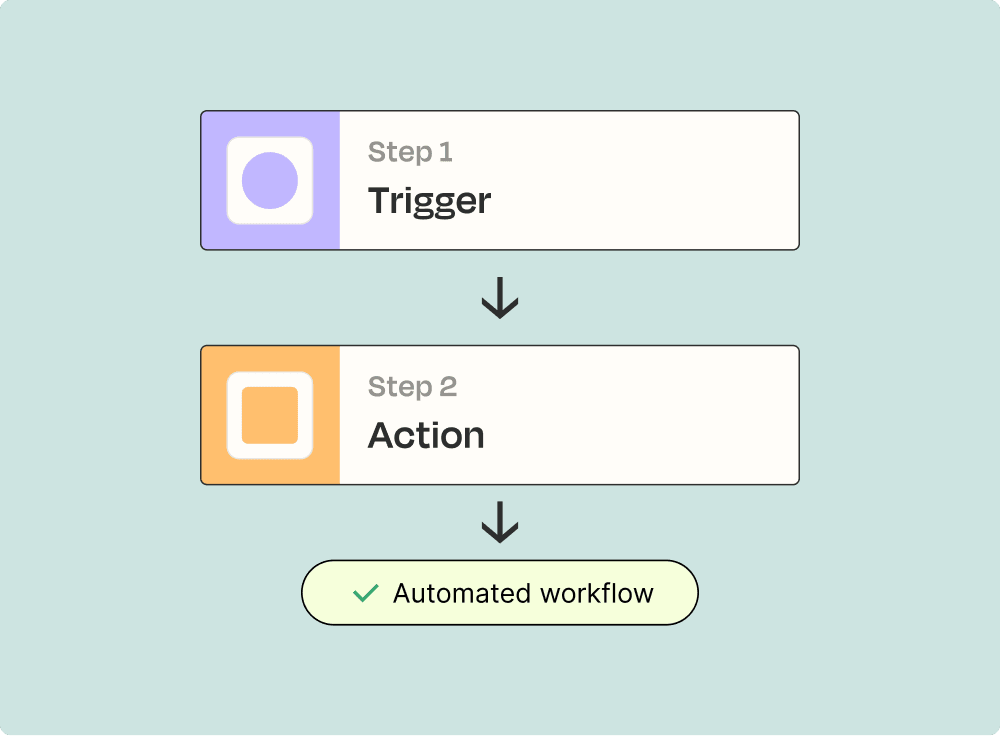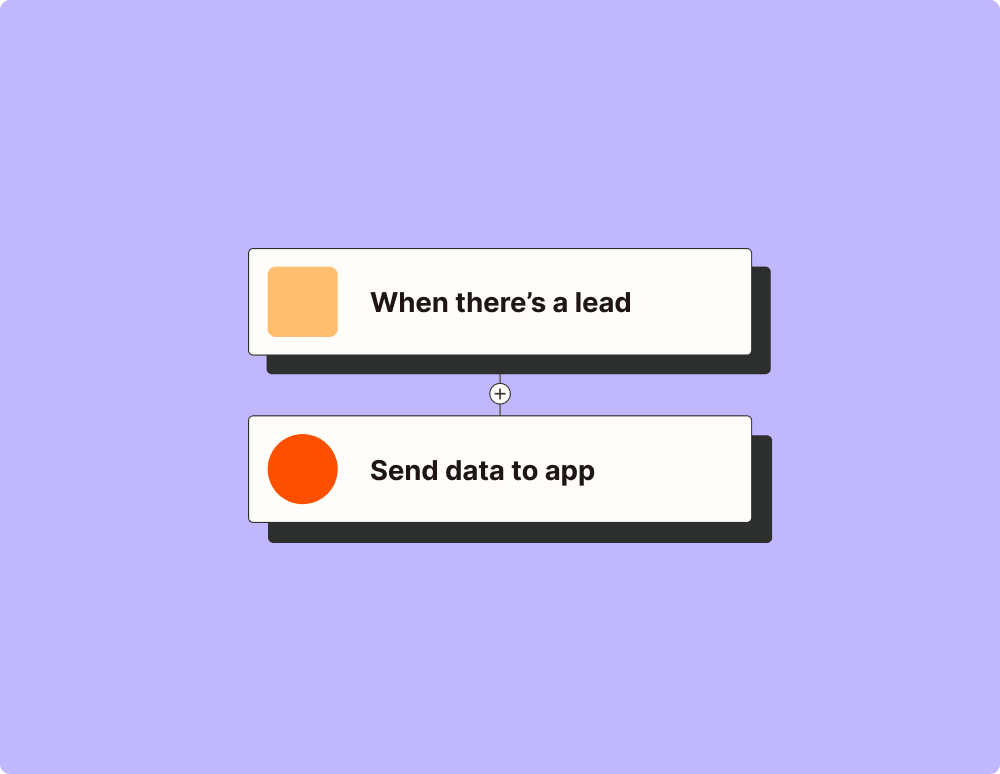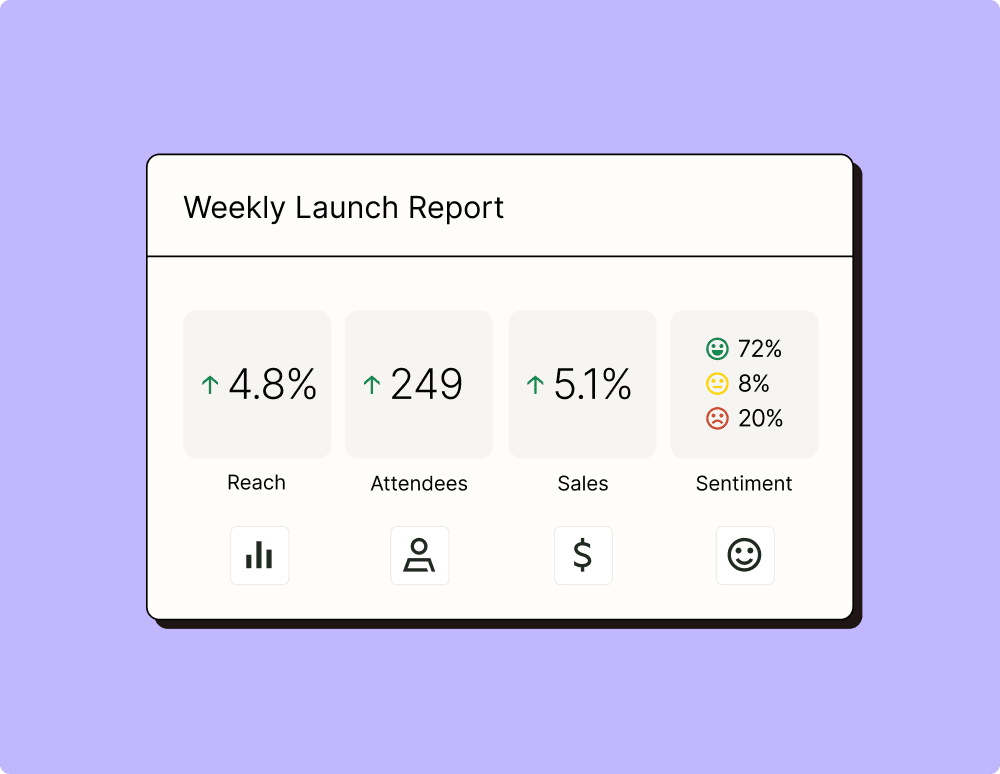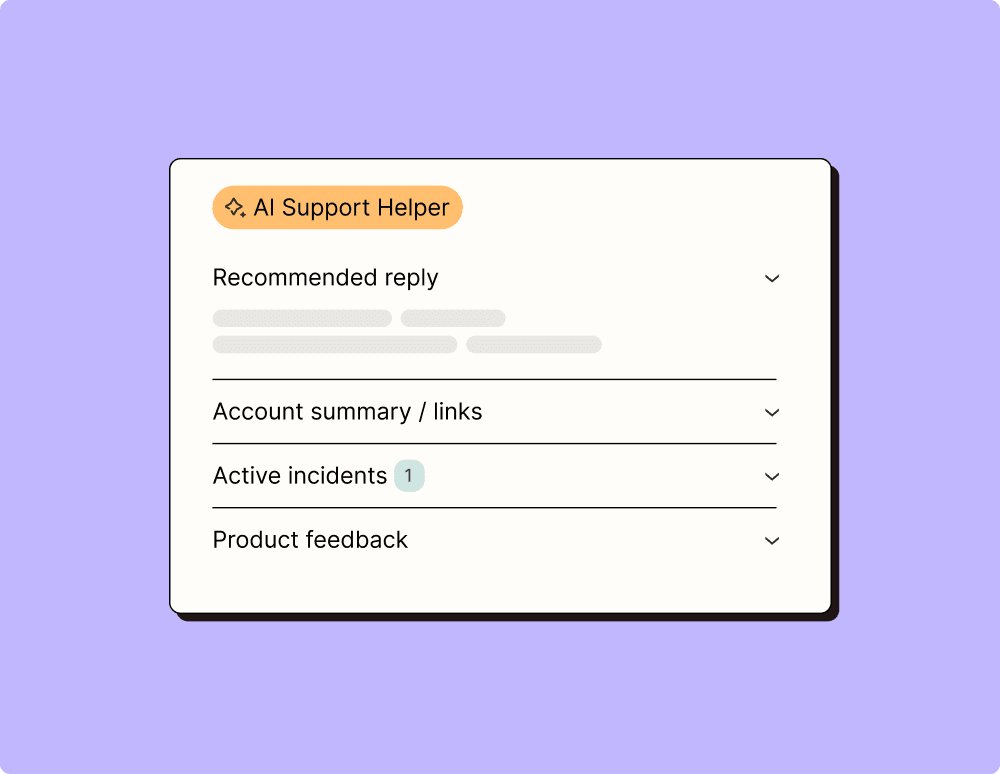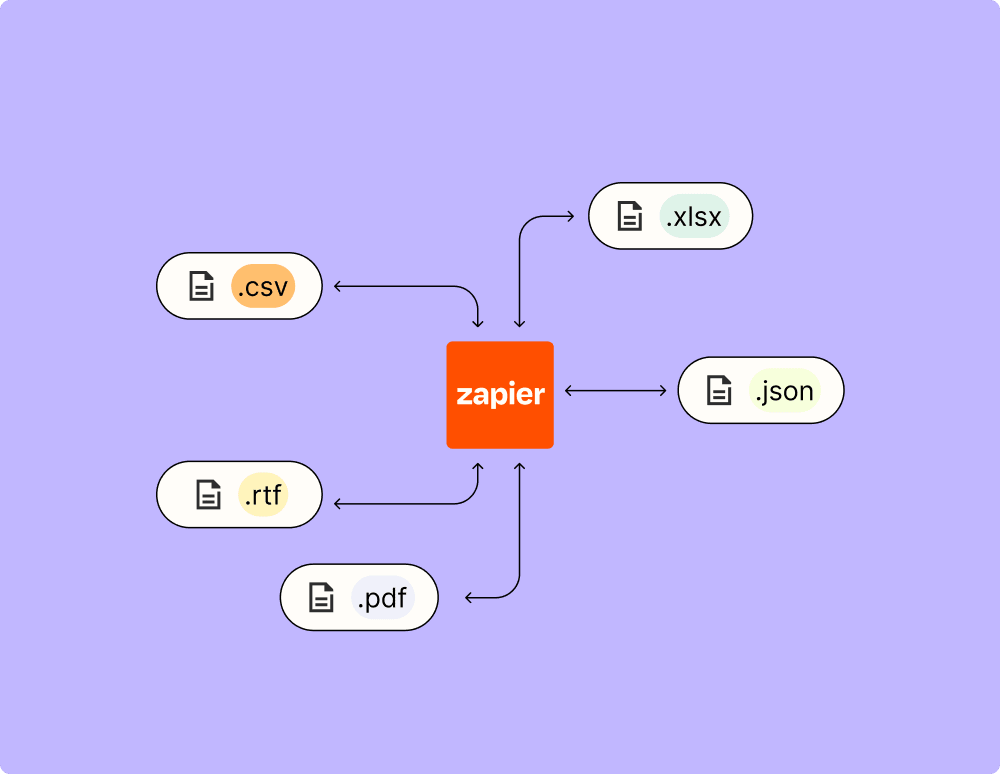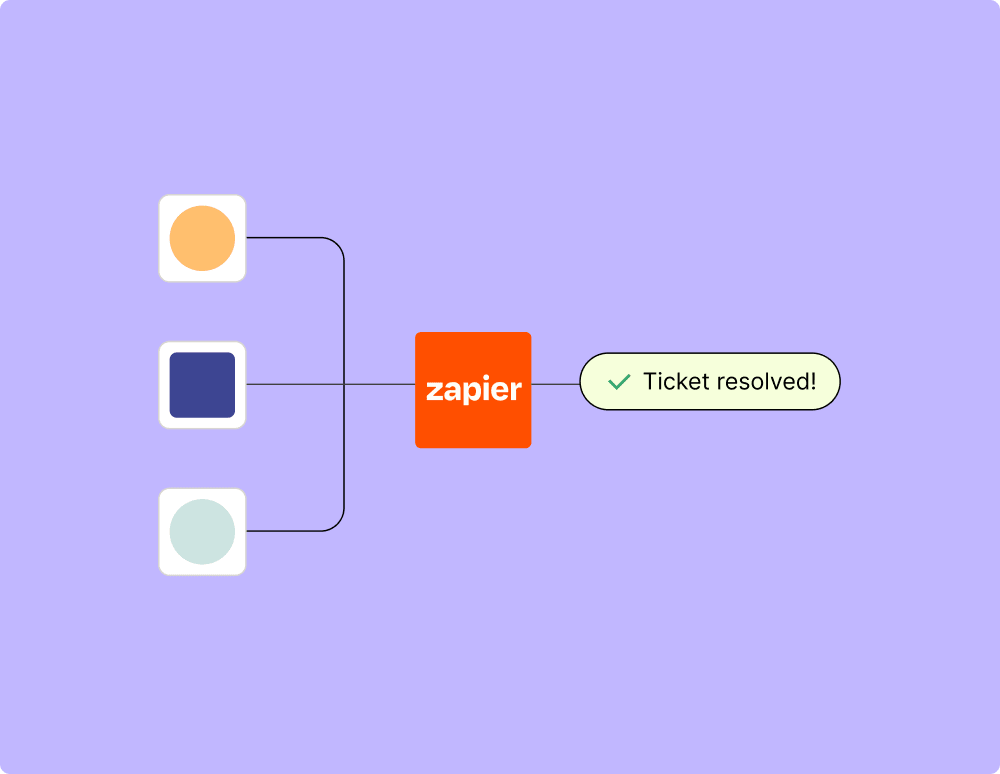Connect Amazon CloudWatch and Microsoft Teams to unlock the power of automation
- No credit card required
- Free forever for core features
- 14-day trial for premium features and apps
How Zapier works
Zapier makes it easy to integrate Amazon CloudWatch with Microsoft Teams - no code necessary. See how you can get setup in minutes.
Zapier is the automation platform of choice for 87% of Forbes Cloud 100 companies in 2023
93%
Customers who say using Zapier has made them better at their job
25m
Customers have created over 25 million Zaps on the platform
6 mins
The average user takes less than 6 minutes to set up a Zap
Frequently Asked Questions about Amazon CloudWatch + Microsoft Teams integrations
New to automation with Zapier? You're not alone. Here are some answers to common questions about how Zapier works with Amazon CloudWatch and Microsoft Teams
How do I set up an Amazon CloudWatch alarm to trigger a Microsoft Teams notification?
To set up an Amazon CloudWatch alarm to trigger a Microsoft Teams notification, you need to create a new alarm in CloudWatch and configure it with the metric you want to monitor. Next, integrate the alarm with Microsoft Teams through our platform by selecting the appropriate channel in Teams where you'd like the notifications sent. Once configured, our system will handle sending a message to your specified Teams channel whenever the alarm is triggered.
Can I customize the message sent to Microsoft Teams from a CloudWatch trigger?
Yes, we allow customization of messages sent from CloudWatch alarms to Microsoft Teams. During setup, you can define the content and format of the messages that are posted in your channel. This flexibility lets you highlight critical information or include specific details pertinent to your operations.
What permissions are required for integrating Amazon CloudWatch with Microsoft Teams?
To integrate Amazon CloudWatch with Microsoft Teams through our service, you'll need permissions that allow access to both platforms. Specifically, this means having AWS credentials with sufficient rights to create and manage CloudWatch alarms and access rights within Microsoft Teams for posting messages in channels.
Is it possible to receive notifications for multiple teams or channels simultaneously?
Yes, it's possible to configure notifications for multiple teams or channels simultaneously. During setup on our platform, you can map different triggers from CloudWatch alarms to various channels within different teams as per your organizational needs.
How frequently are alerts refreshed between Amazon CloudWatch and Microsoft Teams?
Alerts generated by Amazon CloudWatch based on defined metrics are processed and forwarded almost instantaneously by our system upon being triggered. However, there may be slight delays depending on network conditions and load at both ends.
Are there any limitations on the type of metrics we can use from Amazon CloudWatch for triggering alerts?
While most commonly used metrics available in Amazon CloudWatch can be utilized for triggering alerts, some custom metrics or less frequently used ones may not be supported directly. It's advisable to consult our integration guidelines or contact support if you encounter issues with particular metrics.
Can we stop receiving notifications once the issue is resolved in CloudWatch?
Once an issue is resolved and no longer breaches defined thresholds monitored by a configured alarm in Amazon CloudWatch, notifications will automatically cease until another event triggers them again based on ongoing monitoring settings within your chosen parameters.
Supported triggers and actions
Zapier helps you create workflows that connect your apps to automate repetitive tasks. A trigger is an event that starts a workflow, and an action is an event a Zap performs.
